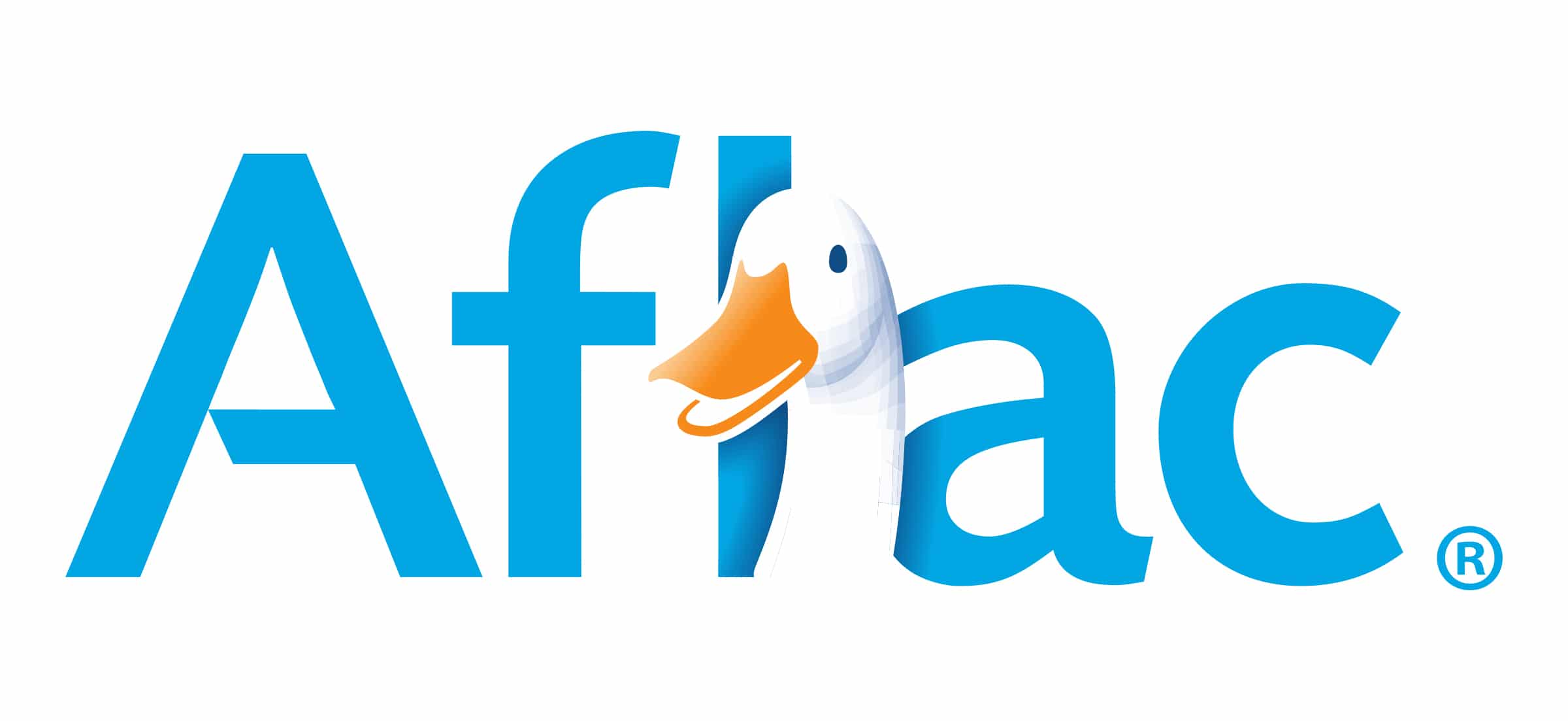Home>Finance>How Long Is The Grace Period For A Mortgage With Flagstar Bank?


Finance
How Long Is The Grace Period For A Mortgage With Flagstar Bank?
Published: February 20, 2024
Learn about the grace period for mortgages with Flagstar Bank. Understand the finance options available and make informed decisions.
(Many of the links in this article redirect to a specific reviewed product. Your purchase of these products through affiliate links helps to generate commission for LiveWell, at no extra cost. Learn more)
Table of Contents
Introduction
When it comes to managing a mortgage, understanding the concept of a grace period is crucial. The grace period refers to the additional time granted to borrowers for making a payment after the due date without incurring a penalty. This period can be a financial lifeline for many homeowners, offering a buffer to ensure that unforeseen circumstances do not result in punitive measures.
For individuals with mortgages serviced by Flagstar Bank, comprehending the specifics of the grace period is especially important. By gaining insight into the duration and implications of this timeframe, borrowers can navigate their financial responsibilities more effectively and avoid potential pitfalls.
Throughout this article, we will delve into the intricacies of the grace period for mortgages, with a specific focus on Flagstar Bank’s policies. Additionally, we will underscore the significance of being well-informed about the grace period and shed light on the repercussions of missing the payment deadline. By the end, readers will have a comprehensive understanding of this critical aspect of mortgage management and its relevance to their financial well-being.
Understanding the Grace Period for a Mortgage
Before delving into the specifics of Flagstar Bank’s mortgage grace period, it’s essential to grasp the fundamental concept of the grace period for a mortgage. The grace period serves as a safeguard for borrowers, offering a window of time beyond the due date during which they can submit their payment without facing late fees or other penalties.
Typically, mortgage lenders provide a grace period to account for logistical factors such as processing delays in payment transfers or unforeseen financial constraints experienced by borrowers. This leniency acknowledges that individuals may encounter temporary setbacks that hinder their ability to make timely payments, and it aims to prevent immediate punitive measures for such circumstances.
It’s important to note that the duration of the grace period can vary among different lenders and mortgage agreements. While some lenders may offer a standard grace period of 15 days, others might extend it to 30 days. Understanding the specific terms outlined in the mortgage agreement is crucial for borrowers to leverage this additional time effectively.
During the grace period, borrowers can submit their payment without incurring late fees, and the payment is still considered timely. However, it’s vital to adhere to the terms and conditions stipulated by the lender regarding the grace period to avoid any potential repercussions. By comprehending the nuances of the grace period, borrowers can navigate their mortgage obligations with greater confidence and financial prudence.
Flagstar Bank’s Mortgage Grace Period
Flagstar Bank, a prominent financial institution, offers mortgage products accompanied by a grace period to accommodate its borrowers. Understanding the specific details of Flagstar Bank’s mortgage grace period is pivotal for individuals who have secured a mortgage through this institution.
Flagstar Bank typically provides a grace period of 15 days for its mortgage payments. This means that borrowers have an additional 15-day window beyond the due date to submit their payment without incurring late fees or penalties. This leniency can be invaluable for homeowners who may encounter temporary financial constraints or logistical challenges that hinder their ability to make timely payments.
By availing of the grace period, borrowers can ensure that their payments are made within the stipulated timeframe, thereby avoiding adverse consequences. It’s important to note that while the grace period offers a degree of flexibility, borrowers should strive to fulfill their payment obligations within this extended timeframe to maintain a positive financial standing and uphold their mortgage agreement.
Flagstar Bank’s adherence to a 15-day grace period reflects its commitment to supporting its customers and acknowledging the potential hurdles they may face in meeting their financial obligations. This approach underscores the institution’s recognition of the importance of providing reasonable flexibility within the parameters of mortgage repayment, ultimately fostering a more positive and supportive borrower-lender relationship.
Importance of Knowing the Grace Period
Understanding the grace period associated with a mortgage, especially when dealing with a lender like Flagstar Bank, holds significant importance for borrowers. This knowledge empowers individuals to navigate their financial responsibilities with confidence and foresight, thereby mitigating the risk of potential financial repercussions.
One of the primary reasons for comprehending the grace period is to leverage it as a financial safety net. Life is replete with unforeseen circumstances, and having an awareness of the grace period allows borrowers to account for unexpected challenges that may impede their ability to make timely payments. Whether facing a temporary financial setback or encountering logistical delays, the grace period provides a buffer, ensuring that borrowers can fulfill their obligations without incurring punitive measures.
Moreover, knowing the specifics of the grace period enables borrowers to strategize their payment timelines effectively. By aligning their financial planning with the grace period, individuals can optimize their cash flow management and ensure that their mortgage payments are made within the extended timeframe, thereby avoiding late fees and penalties.
Furthermore, understanding the grace period fosters a sense of financial prudence and responsibility. It encourages borrowers to stay informed and proactive in managing their mortgage obligations, promoting a positive financial track record and a harmonious relationship with the lending institution. This awareness also serves as a reminder to prioritize timely payments and maintain a strong credit standing.
For those with mortgages serviced by Flagstar Bank, being well-versed in the institution’s grace period policies engenders a deeper sense of trust and transparency in the borrower-lender relationship. It demonstrates Flagstar Bank’s commitment to supporting its customers through reasonable leniency, thereby enhancing the overall borrowing experience.
In essence, knowing the grace period associated with a mortgage, particularly within the context of Flagstar Bank’s offerings, empowers borrowers to navigate their financial obligations effectively, anticipate unforeseen challenges, and foster a positive and responsible approach to mortgage management.
What Happens After the Grace Period
Understanding the implications of the period following the grace period is crucial for borrowers, as it directly impacts their financial standing and the terms of their mortgage agreement. After the expiration of the grace period, borrowers who have not submitted their payment may face various consequences, including late fees, negative credit reporting, and the risk of default.
One immediate repercussion of missing the payment deadline after the grace period is the imposition of late fees. Lenders, including Flagstar Bank, often charge a fee for payments made after the grace period, adding an additional financial burden to the borrower. These fees can accrue over time, amplifying the overall cost of the mortgage and potentially straining the borrower’s finances.
Moreover, delayed mortgage payments can lead to negative entries on the borrower’s credit report. This can adversely impact the individual’s credit score, making it more challenging to secure favorable terms for future credit or loan applications. A tarnished credit history resulting from missed mortgage payments can have far-reaching implications, underscoring the significance of adhering to payment deadlines.
Continued non-payment beyond the grace period can ultimately lead to default, a situation where the borrower fails to meet the terms of the mortgage agreement. Defaulting on a mortgage can have severe consequences, including the initiation of foreclosure proceedings by the lender, potentially resulting in the loss of the property and further financial distress for the borrower.
It’s important for borrowers to recognize that the repercussions of missing mortgage payments extend beyond immediate financial penalties. They can significantly impact the individual’s long-term financial well-being, creditworthiness, and overall stability. Therefore, after the grace period, it is imperative for borrowers to prioritize fulfilling their mortgage obligations to avoid these detrimental outcomes.
By understanding the potential ramifications of failing to make timely mortgage payments after the grace period, borrowers can proactively manage their finances, prioritize their mortgage obligations, and uphold a positive financial standing, ultimately safeguarding their homeownership and overall financial health.
Conclusion
In conclusion, the grace period for a mortgage, particularly in the context of Flagstar Bank’s offerings, holds immense significance for borrowers. It serves as a crucial buffer, providing individuals with an extended timeframe to make their mortgage payments without incurring late fees or penalties. Understanding the nuances of the grace period empowers borrowers to navigate their financial responsibilities with prudence and foresight, mitigating the risk of potential repercussions.
Flagstar Bank’s adherence to a 15-day grace period reflects its commitment to supporting its customers and acknowledging the potential hurdles they may face in meeting their financial obligations. This approach underscores the institution’s recognition of the importance of providing reasonable flexibility within the parameters of mortgage repayment, ultimately fostering a more positive and supportive borrower-lender relationship.
Furthermore, being well-versed in the implications of missing payments after the grace period is essential for borrowers. Late fees, negative credit reporting, and the risk of default underscore the gravity of failing to adhere to payment deadlines. By recognizing these potential repercussions, borrowers can proactively prioritize their mortgage obligations and safeguard their financial well-being.
Ultimately, the knowledge of the grace period and its aftermath enables borrowers to approach their mortgage management with confidence, responsibility, and strategic financial planning. It fosters a harmonious borrower-lender relationship, promotes a positive credit standing, and safeguards the long-term stability of homeownership.
By staying informed about the grace period and its implications, borrowers can navigate their mortgage obligations with prudence, leveraging the leniency offered by the grace period while proactively upholding their financial commitments. This understanding not only enhances the borrower’s financial literacy and responsibility but also contributes to a more resilient and secure financial future.














